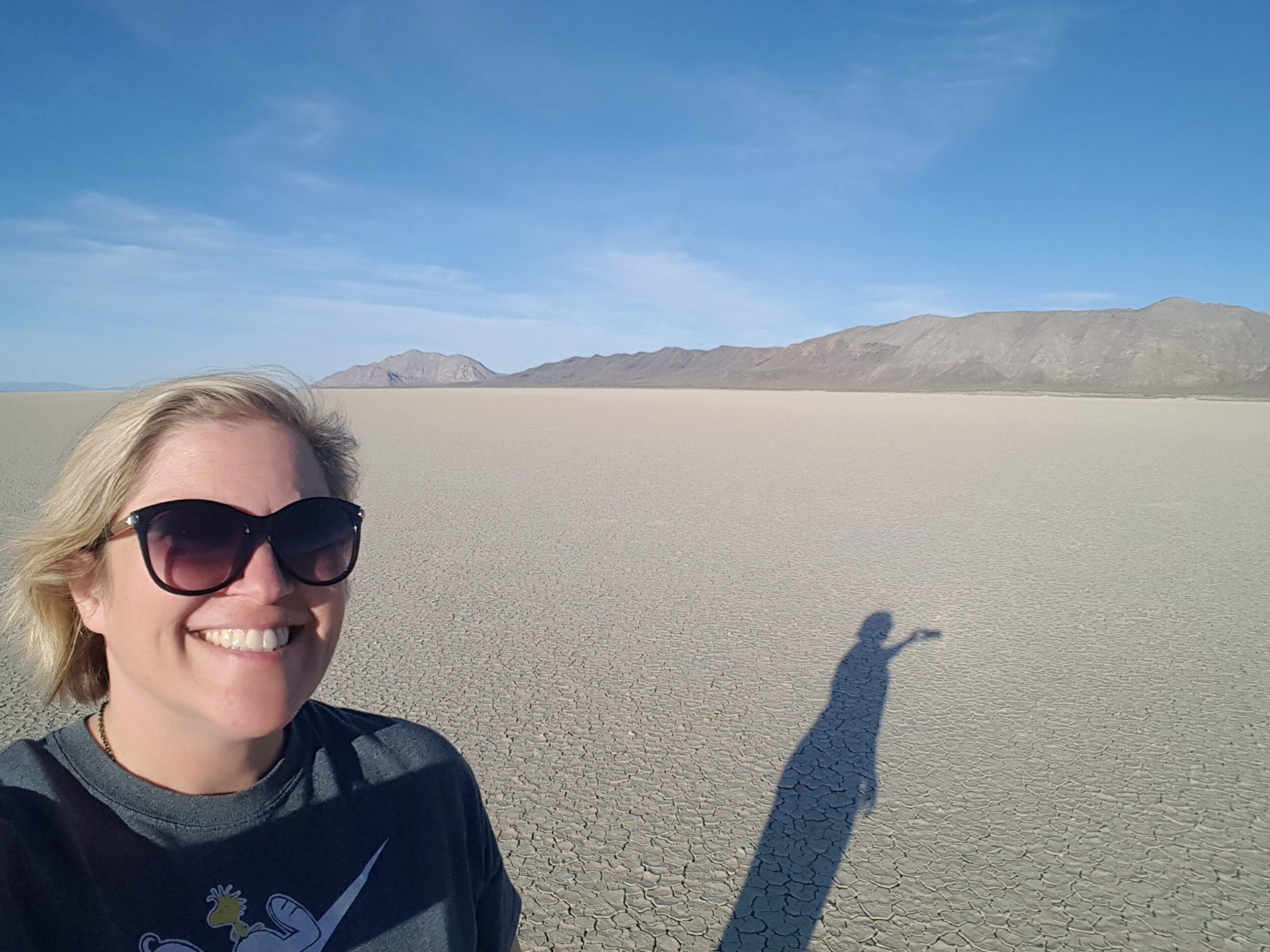On specific weekends this Fall, I am taking classes to be certified to work with adolescents, where I was reminded about finding my Happy Place.
(Okay, humor me for a moment. When I’m done with this certification, my new title to add to my knowledge and wisdom is Certified Adolescent Support Specialist, or… Certified ASS! LOLOLOL SO APPROPRIATE FOR WORKING WITH 13 TO 21 YEAR OLDS).
Thank you for indulging me. Onward!
Finding My Happy Place
It was during one of my classes for adolescent certification that we spent time finding our happy places.
I had forgotten about this valuable way to meditate. I like it for a number of reasons:
- It gives my brain something to do while I’m calming my nervous system
- I can go to my happy place at any time or place
- I’m fully in control of creating and changing this space
- This is a meditation style that is easy to access when my nervous system feels activated
- This method helps change my brain by marinating in positive thoughts and feelings
- This is a great alternative to dissociation
Why a Happy Place?
Meditation can be tough for trauma survivors for a number of reasons – deep breathing feels uncomfortable, being quiet and still can result in panicky feelings, hypervigilance is difficult to navigate, and more.
One of my issues when learning how to meditate was that it – quite simply – freaked me out.
I had spent so much time and energy learning how to NOT dissociate, and at first, meditating felt like dissociating.
It took me a bit of practice and inner soothing to grasp that the difference is that with dissociation, my trauma responses are in control, but with practicing meditation, *I* am in control.
And that’s what I love about this practice most of all – I am in control. YOU are in control. We are building safety inside ourselves.
A Recording to Explore Your Own Place
So how do you get started with your own Happy Place?
Here’s a video I made, leading an exercise that allows you to put yourself in your own happy place and start building.
What are the rules? The only rule is that there are no rules.
This place is fully safe and fully yours. Make it what you want. Practice going there.
And when you find yourself feeling activated, distressed, or in pain, breathe deeply and return there.
(OKAY, SIDE NOTE: LOOK AT THIS THUMBNAIL THAT GOOGLE CHOSE. I cannot with this. I’m laughing so hard right now. I’m NOT going to change it. Ah, well. Who needs to be socially acceptable, anyway? Clearly, not me.)
Latest Posts
- My Holiday Wishes for You
- The Winter Solstice Brings Meaning to the Dark Season
- It’s Time for Fancy Holiday Depression & Anxiety Resources Round Up!
- Election Anxiety? Check Out These Resources
- Short & Sweet Holiday Coaching Special
Try Trauma Recovery & Grief Recovery Coaching

Sign up here to get a free copy of Five Things Every Trauma Survivor Needs to Know AND
61 Tips About the Grief Experience.
Find out more about Trauma and Grief Recovery Coaching
I offer one-on-one sessions, groups, PTSD Remediation, and classes. Appointments are offered in-person and online.
Try Trauma Recovery and Grief Recovery Coaching for Free! Book a free 30-minute discovery call and find out more!











